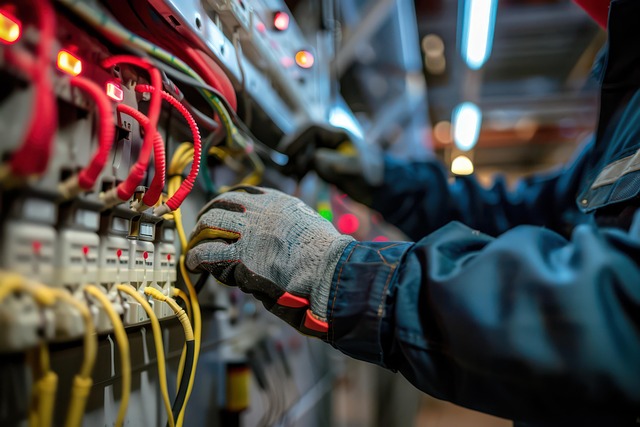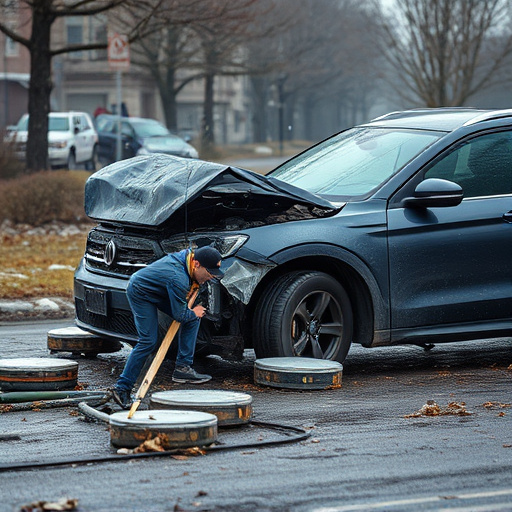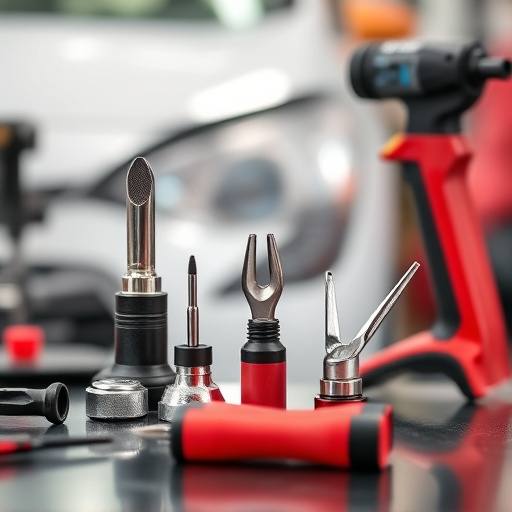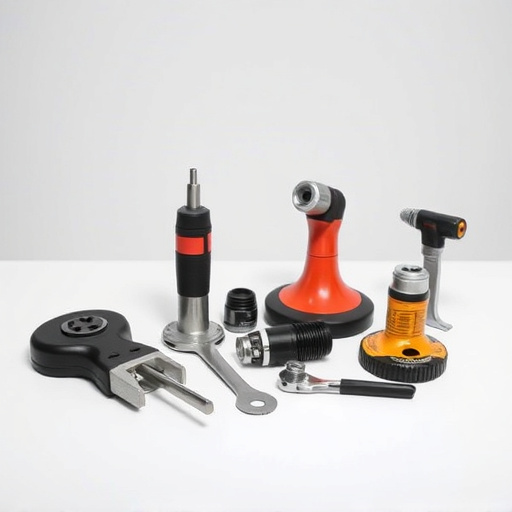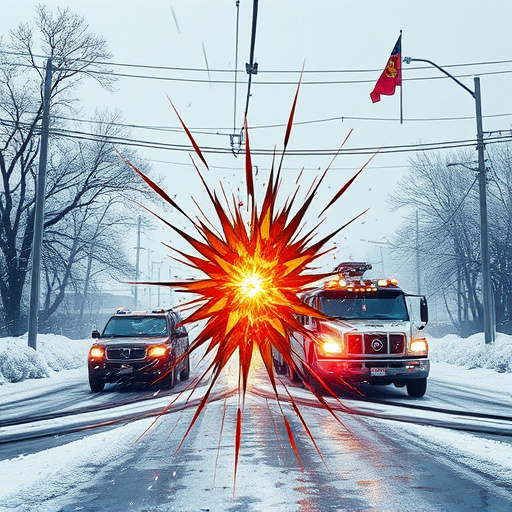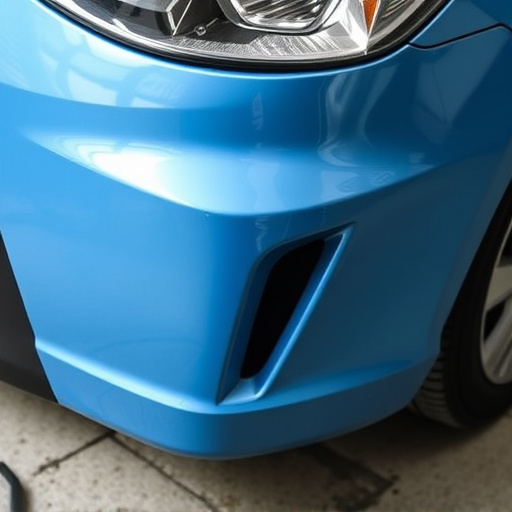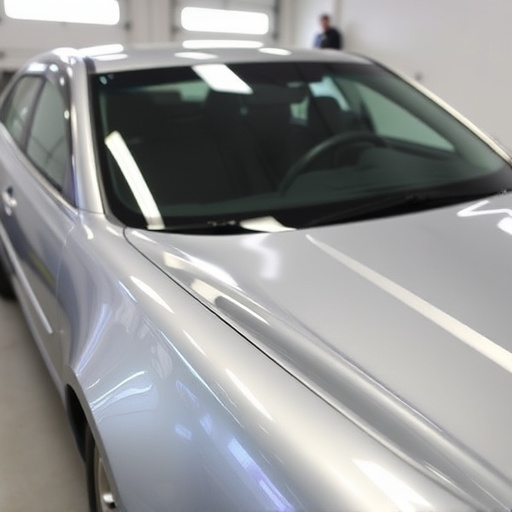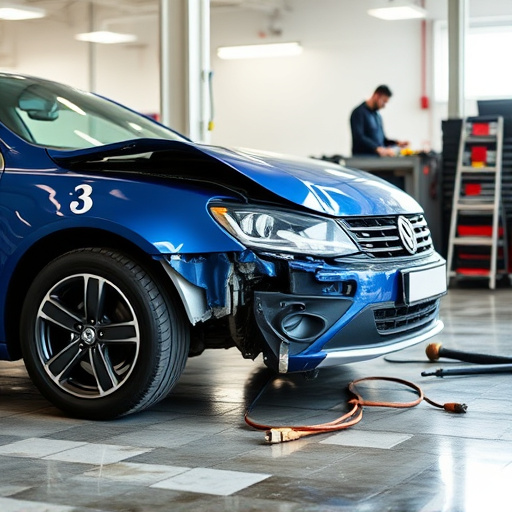Fallen tree damage repair is crucial for homes, businesses, and public safety, with repairs ranging from structural assessments to auto body work. Accessing damaged areas in urban settings can be challenging due to trees blocking access ways. Modern techniques leverage advanced tools and eco-friendly practices to streamline repairs, minimizing waste and promoting sustainability while restoring structures and vehicles efficiently.
Fallen tree damage repair has become a complex task in today’s world, with increasing urban density and environmental concerns. When a tree falls, it can cause significant property damage, from shattered windows to compromised structural integrity. Accessing and assessing this damage is challenging due to the hazardous nature of fallen trees. Modern repair techniques require specialized equipment and expertise, while environmental considerations add another layer of complexity. Understanding these factors is crucial for effective and sustainable fallen tree damage repair.
- Understanding Fallen Tree Impact on Property
- Challenges in Accessing and Assessing Damage
- Modern Repair Techniques and Environmental Considerations
Understanding Fallen Tree Impact on Property

When a tree falls on a property, it can cause significant damage that goes beyond what meets the eye. The immediate impact is often visible—cracked walls, broken windows, and damaged rooftops are clear indicators of fallen tree damage repair needs. However, the true complexity arises from the diverse range of issues that can occur. Depending on the severity and location of the fall, essential structural elements might be compromised, requiring expert assessment and costly repairs.
In today’s world, with homes and businesses containing valuable equipment and possessions, even minor disruptions can lead to extensive fallen tree damage repair requirements. For instance, a falling tree could shatter glass in an auto body shop or cause electrical shorts in complex automotive repair services facilities, necessitating not just structural but also specialized repairs. This complexity is further amplified when considering the potential risks to public safety, especially on commercial properties where fleet repair services might be impacted, leading to disruptions in critical operations.
Challenges in Accessing and Assessing Damage

Accessing and assessing fallen tree damage can be a complex process, especially when dealing with large branches or entire trees that have come down. The initial challenge lies in reaching the affected area, as trees often block access ways and public roads, requiring specialized equipment to clear the path. Once on-site, professionals must carefully evaluate the extent of the damage, particularly to structures like homes and vehicles. In urban settings, navigating around buildings and power lines adds another layer of complexity.
For automotive restoration specialists, fallen tree damage repair often involves intricate tasks such as frame straightening and meticulous work in an automotive body shop. Assessing structural integrity becomes critical, especially with trees weighing several tons. The process demands a high level of expertise to ensure safety and prevent further damage during the recovery and repair stages.
Modern Repair Techniques and Environmental Considerations

In today’s world, fallen tree damage repair has become increasingly complex due to advancements in modern repair techniques and a heightened awareness of environmental considerations. Traditional methods have evolved significantly, with advanced tools and materials now available to auto body repair professionals. These innovations allow for more precise and efficient repairs, ensuring vehicles return to their pre-incident condition while minimizing waste.
Additionally, the integration of fleet repair services has played a crucial role in streamlining the fallen tree damage repair process. Auto body repair shops specializing in this area often have dedicated teams equipped with specialized knowledge and expertise. They offer comprehensive solutions, including tire services, to address the diverse needs of vehicle owners affected by fallen trees. This holistic approach not only facilitates faster repairs but also promotes sustainability by utilizing eco-friendly practices where possible.
Fallen tree damage repair is a complex process due to the varied impact of trees on properties and the challenges in accessing and assessing the resulting harm. Modern techniques, however, offer innovative solutions that balance structural integrity with environmental considerations. By understanding these intricacies and adopting advanced repair methods, homeowners and professionals can effectively mitigate the consequences of fallen tree damage, ensuring both safety and ecological sustainability.
